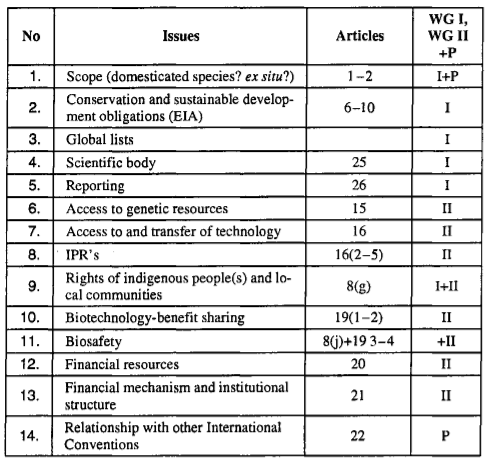The Biodiversity Convention Negotiation Process and Some Comments on the Outcome
Veit Koester
Ministry of the Environment and Energy, National Forest and Nature Agency, Copenhagen, Denmark
*Corresponding author (current affiliation: retired)
EPL, Vol.27, Iss.3, pp.174-192, 1997

